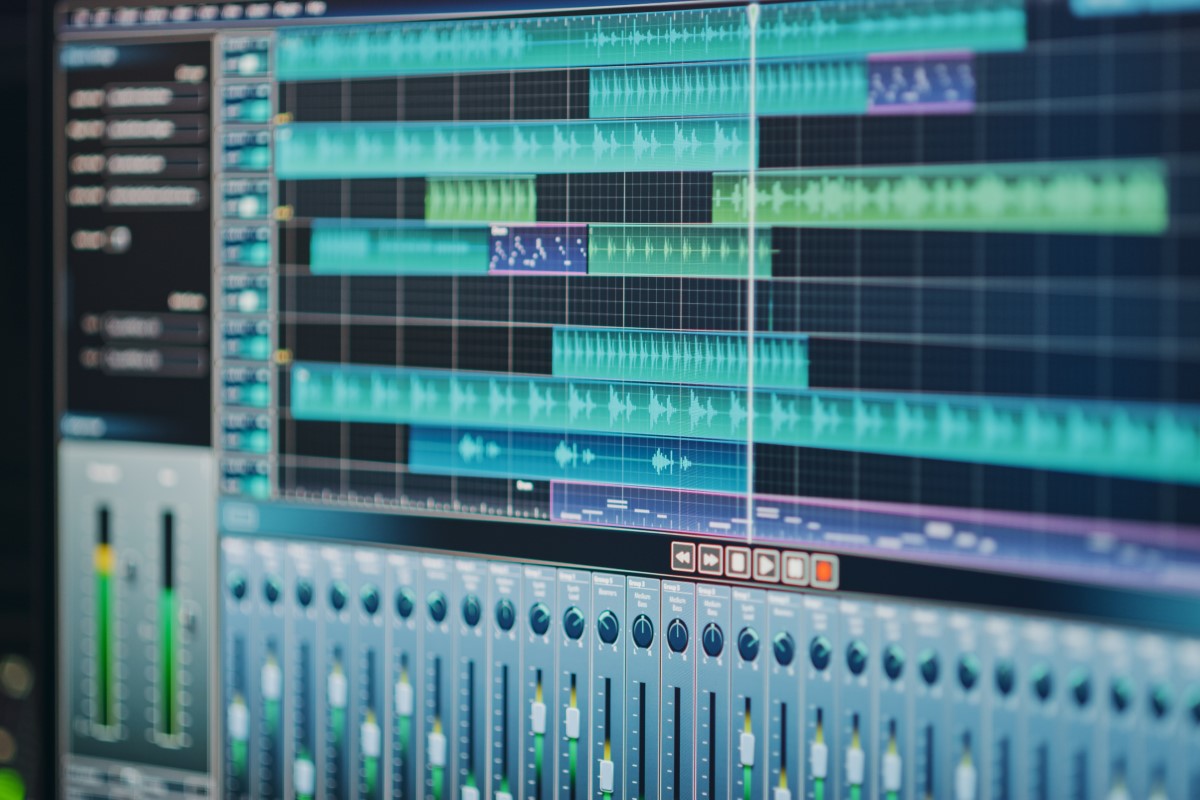All music production software can be audio editing software, but not all audio editing software can be music production software. If you’re looking for software that can do both music and audio editing, check out our guide on music production software here.
Audio editing software is a computer program that lets you edit, enhance, and refine sound recordings, like removing unwanted noise or adding special effects.
These programs typically include a bunch of tools and features for editing, mixing, and mastering audio files. At the most basic level, you can cut and splice audio clips, adjust volume levels, use equalization, add reverb, and remove background noise (among many other things).
